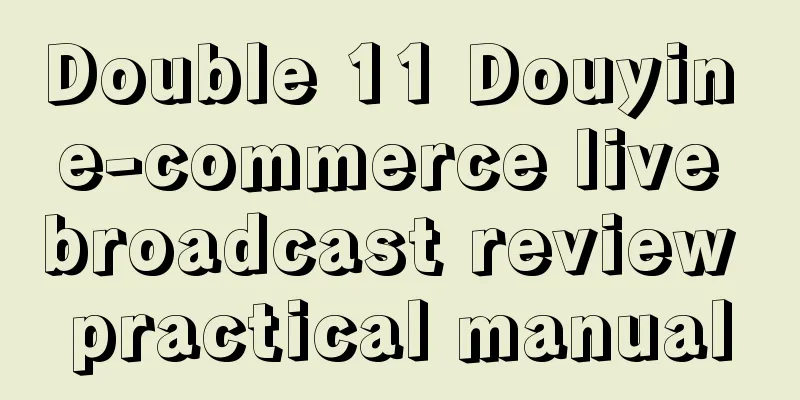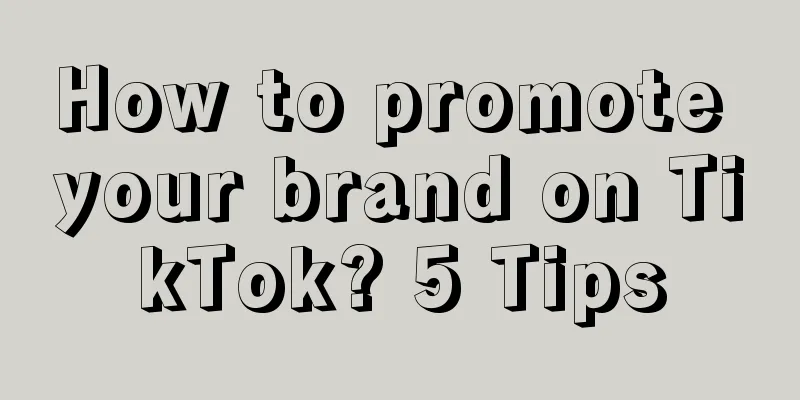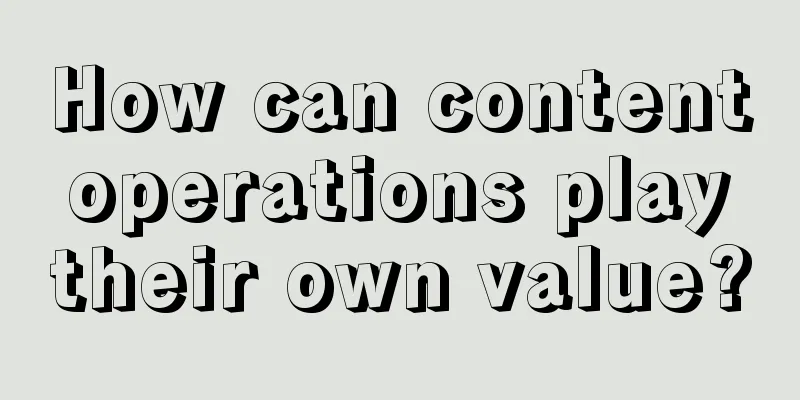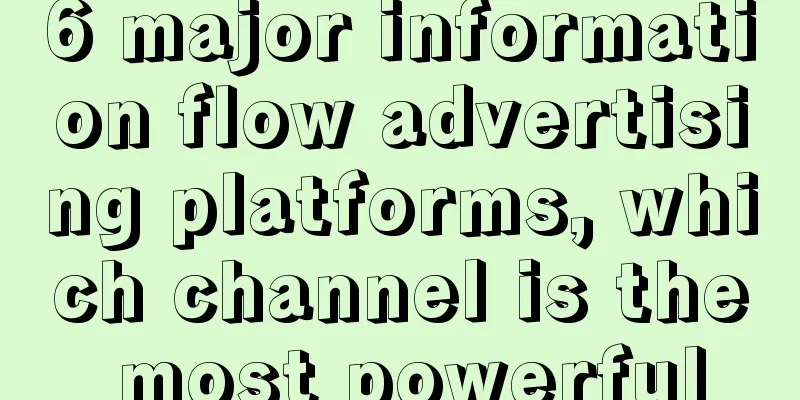Overview of Mobile Web Development Specifications
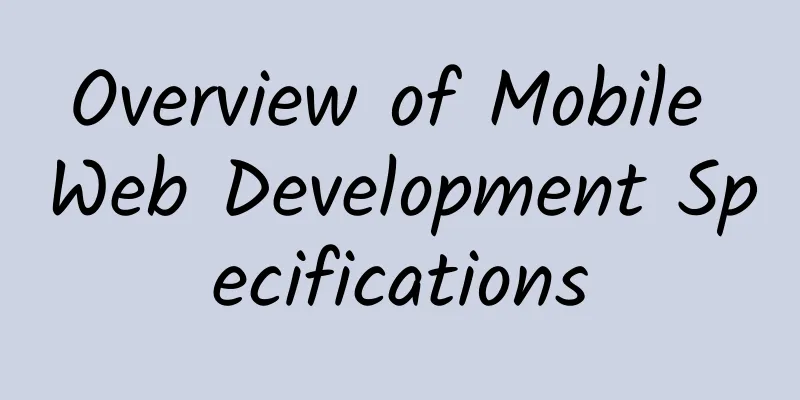
|
The following specifications and suggestions are all the experience summarized and refined by Alloyteam in the daily development process. The specifications have good project practices and are strongly recommended for use. Font Settings Use sans serif fonts iOS 4.0+ uses the English font Helvetica Neue, and previous iOS versions are downgraded to Helvetica. The Chinese font is set to Huawen Bold STHeiTi. It should be noted that Huawen Bold does not exist in the iOS font library (http://support.apple.com/kb/HT5878), but the system will automatically make Huawen Bold STHeiTi compatible*** The system default Chinese font is Bold-Simplified or Bold-Traditional In native Android, both Chinese and English fonts are set to the default sans serif font. Set the global CSS style to avoid the behavior of long-pressing the pop-up menu and selecting text in the figure Mobile performance Pay attention to the performance of low-end Android devices and 2G network scenarios ! Necessary checks before publishing Loading performance optimization to achieve fast opening Optimize operating performance to achieve smooth operation Online Performance Testing and Evaluation Tool User Guide |
>>: WeChat "death code" has now become a blackmail tool in their hands
Recommend
E-commerce operation full-year marketing activity plan layout
This sharing session is divided into three parts:...
There are so many online promotion channels, which one is suitable for us?
I still remember when I first entered the industr...
Analysis of the planning of a single product live broadcast room
A classmate asked me about the gameplay of "...
Swift Tip: Use build configurations to support conditional compilation
In Objective-C, we often use preprocessor directi...
UltimateAndroid 0.7.0 released, split UI module
UltimateAndroid rapid development framework relea...
For an in-depth analysis of oCPC, just read this article!
I have wanted to talk to you about conversion bid...
Growth Hacker's Guide: How to Improve User Retention
If you still invest huge budgets to attract new c...
Mini Program Development Page Sample Code
Page(Object object) Dongguan mini program develop...
Build a brand with public relations thinking
I have wanted to talk about this topic for a long...
Guide to editing information flow ads!
This article will share some key points and techn...
How do iQiyi, Youku and Tencent Video monetize advertising?
Most products in the PC era have a clear product ...
How to complete OPPO bidding within ten days?
After changing to a new job, the first task was t...
How can products be promoted effectively?
Many people write brilliant copy and make beautif...
Practical online school operation: How to open a successful live open class? (superior)
Since live open classes are so good, should we st...
Umeng: 5 tips to increase user activity through in-app communities
To what extent can the community influence the us...



